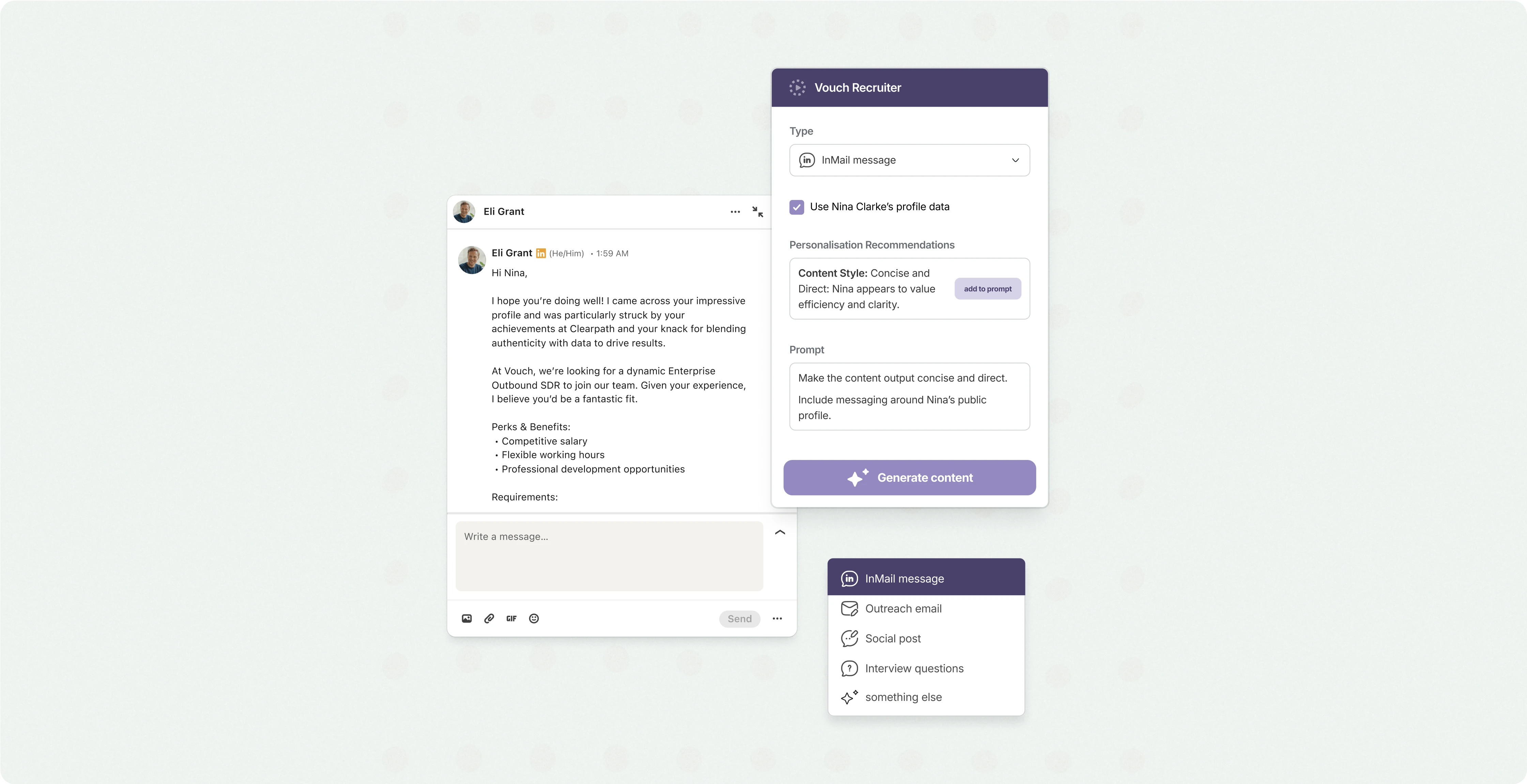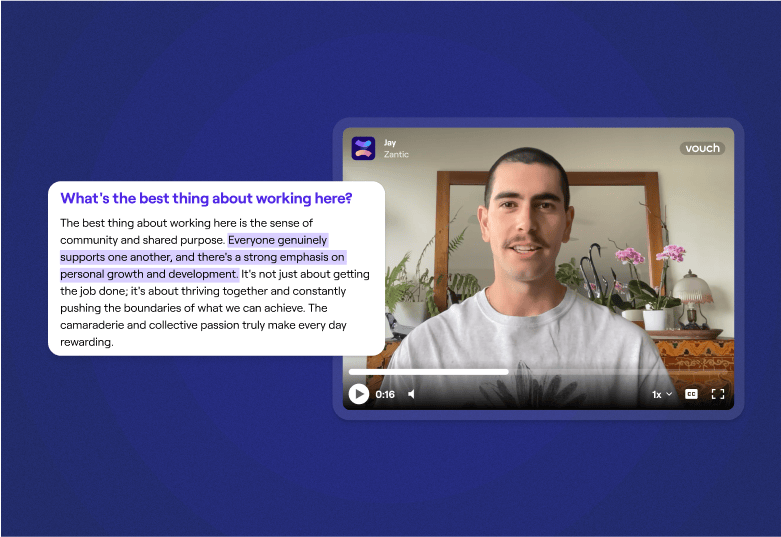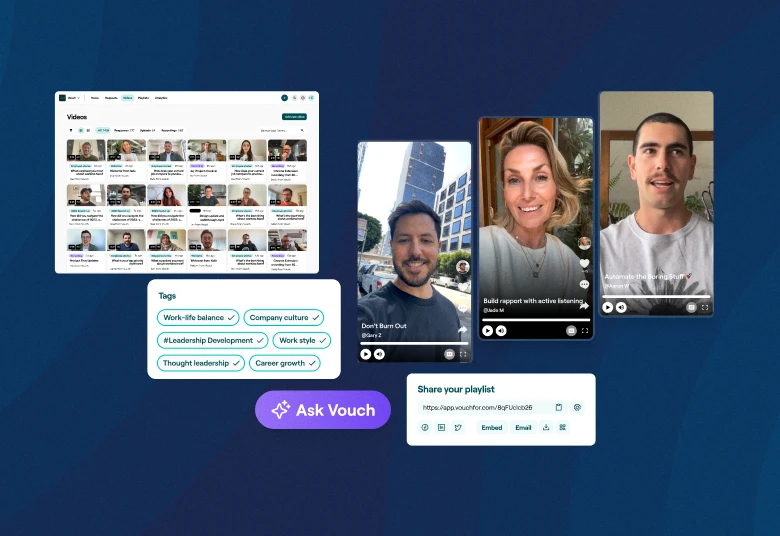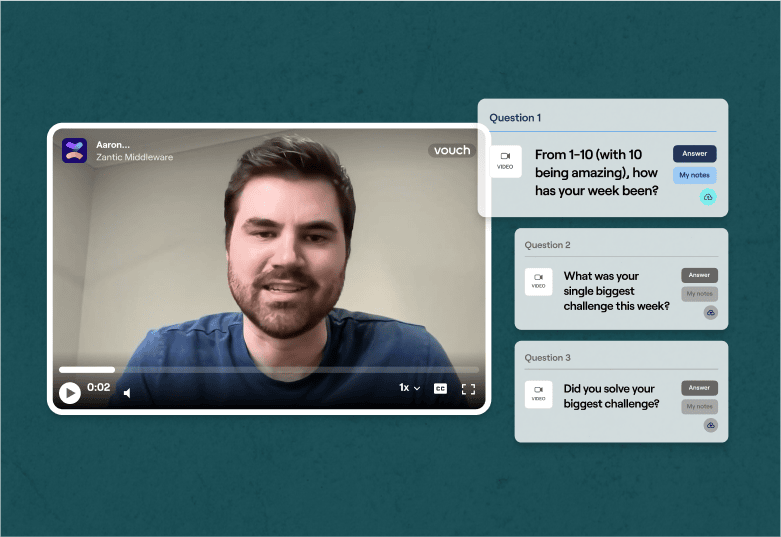In 2026, setting goals is essential for personal and professional growth.
However, for companies and employees alike, simply having a goal isn't enough anymore; from recruitment to internal communications to employer brand, your goals need to be clear and "easily actionable." This is due to reduced attention spans and the overwhelming amount of information that we need to absorb every day.
This is where the SMART framework is vital.
The SMART acronym stands for Specific, Measurable, Achievable, Relevant, and Time-bound. By incorporating these criteria, you can transform vague goals into structured objectives that provide a clear sense of direction and purpose.
So, let's delve into the SMART goal-setting process and explore how it can drive success in all aspects of your employees' personal lives and your business.
What Does SMART Acronym Stand For?
Implementing SMART goals should actually be easy, and this is the key to ensuring you can follow this framework for ongoing improvement.
Here's how simple your SMART goals should be:
1. Specific
A goal must be well-defined and clear.
Instead of saying "improve customer service," a specific goal would be to "reduce customer complaint response times by 30% within six months."
2. Measurable
To track progress and stay motivated, a goal must be measurable.
For instance, setting a measurable goal like "increase email blog subscribers by 20% in three months" provides a concrete target.
3. Achievable
Goals should be realistic and attainable.
An achievable goal might be to "implement a new customer relationship management system by the end of the quarter," ensuring it's within your capabilities and resources.
4. Relevant
A relevant goal aligns with broader business objectives or personal aspirations.
If your ultimate goal is to enhance customer experience, then setting a relevant goal like "create a customer knowledge base to improve service efficiency" is pertinent.
5. Time-bound
Every goal needs a time frame to create a sense of urgency and focus. A time-bound goal could be to "launch a customer marketing campaign within the next two months."
The AI-enabled workspace for talent teams.
- Unified workspace for talent teams
- Accelerate hiring with AI tools
- Auto-generate polished hiring and employer brand content
- Easily repurpose assets across all channel
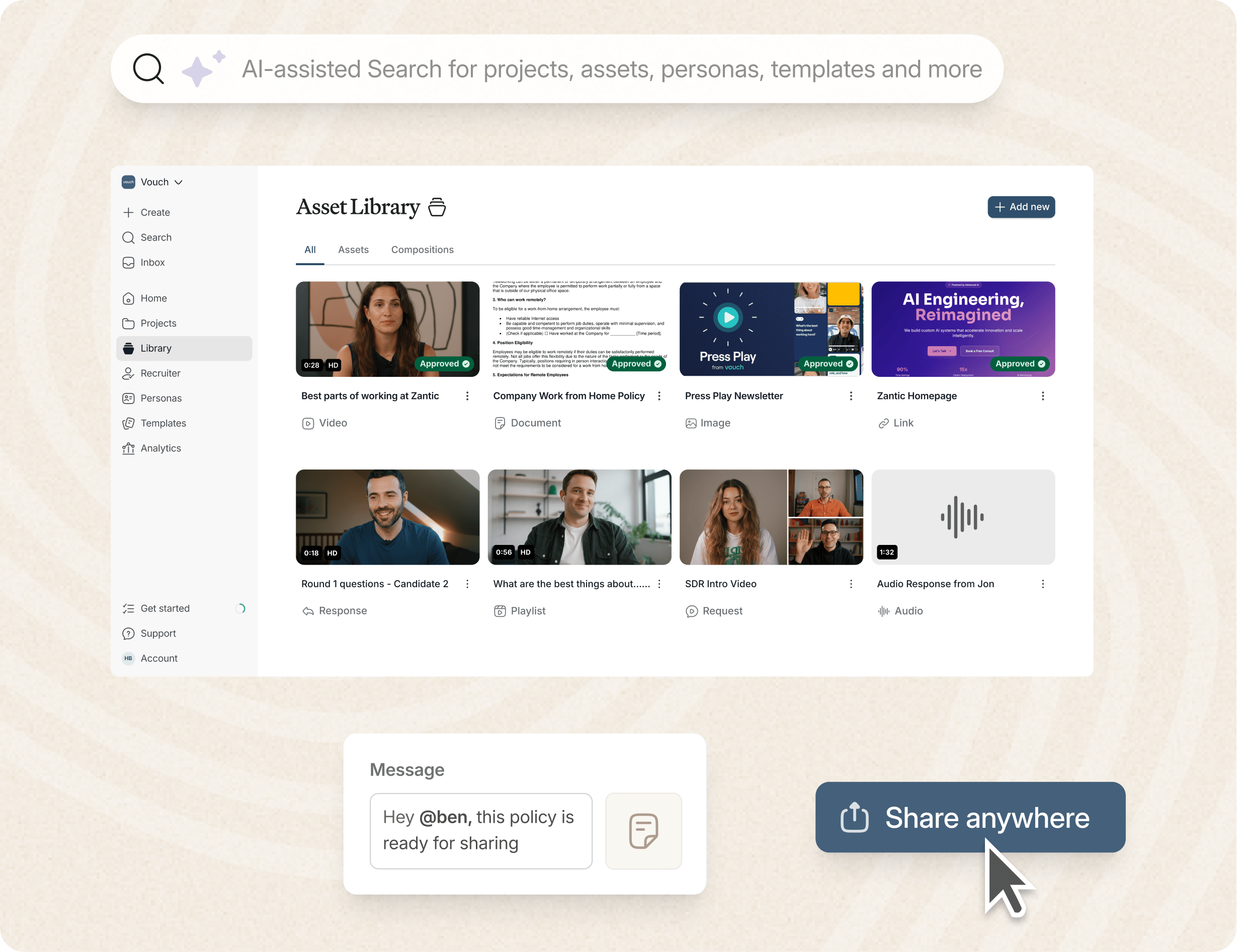
How Can You Transform Your Team's Goals with the SMART Framework?
Initial goals often lack clarity. For example, "increase sales" is a common goal but too vague to drive action.
Using the SMART goals method, this can be refined to "increase sales by 15% in the next quarter by targeting potential customers through enhanced marketing strategies."
Business Goals:
In the corporate world, SMART goal setting can enhance management and leadership skills. For instance, a project manager can set a SMART goal of " completing the project scope within the budget and deadline by improving project team collaboration."
Personal Goals:
On a personal level, SMART objectives help in setting individual goals that lead to personal and career goal success. For example, an achievable goal for self-improvement might be to "attend a leadership skills workshop by the end of the year to enhance management abilities."
What Are Some Real-world Applications of SMART Goals?
Chances are, your sales team already has some SMART goals to track their sales funnel and conversions, but what about your other teams? SMART goals are designed to work across all areas of your company - here are a few examples:
Customer Service:
For a head of customer service, setting SMART goals can directly impact customer satisfaction. An example is "reduce risk customers by resolving 90% of customer complaints within 24 hours over the next six months."
Marketing:
In marketing, goals need to be precise and trackable. A specific and measurable goal for a marketing blog might be to "publish four articles per month and increase readership by 25% in six months through targeted email campaigns."
How Does Software Work Within The SMART Framework?
Leveraging the right software tools can streamline your goals and help you track progress.
Here are some top software tools that can help you achieve your SMART goals:
Vouch Video Software
Specific: Vouch helps you create specific and targeted video content to communicate your goals effectively.
Measurable: With Vouch's analytics, you can measure the engagement and reach of your videos.
Achievable: Vouch's user-friendly interface allows even those with minimal technical skills to create professional videos.
Relevant: Vouch ensures your video content aligns with your business goals, like your employer branding or your internal communications goals.
Time-bound: Vouch allows for quick creation and distribution of video content, ensuring your communications are timely and effective.
Trello
Trello is a project management tool that helps set and track SMART goals by visualizing tasks on boards.
Here's how Trello can be used within the SMART framework:
Specific: Trello boards, lists, and cards allow for detailed breakdowns of tasks and goals.
Measurable: You can set due dates and checklists within cards to measure progress.
Achievable: Trello's simplicity ensures that tasks are manageable and achievable.
Relevant: Customizable boards align with specific project goals.
Time-bound: Assigning deadlines to cards keeps tasks time-bound and on track.
Google Analytics
For marketing and web-based goals, Google Analytics is an invaluable tool.
Here's how GA4 can be used within the SMART framework:
Specific: Track specific metrics such as page views, bounce rates, and conversions.
Measurable: Provides measurable data that helps in assessing performance.
Achievable: By setting realistic benchmarks, you can ensure goals are achievable.
Relevant: Aligns data tracking with your business's marketing objectives.
Time-bound: Allows for the analysis of data over specific periods to monitor progress.
Avoiding The SMART Pitfalls: Unattainable Goals
Setting goals too high can lead to frustration and failure.
An unattainable goal, like "become the market leader in one month," lacks realism.
To maintain motivation and progress, it's crucial to set a goal that is achievable within the given resources and constraints.
Conclusion: Mastering the SMART Goal Framework
The SMART goal framework is a powerful management tool that helps in setting and achieving goals effectively.
Whether you're aiming for business growth, personal development, or professional advancement, incorporating SMART goals into your strategy ensures clarity, focus, and a higher likelihood of success.
Achieving SMART goals requires the right tools, too. For example, Vouch video software allows you to meet your SMART communications goals in a few simple "smart steps."."
Whether you are setting business goals or personal goals, leveraging these strategies and tools can significantly enhance your ability to achieve your SMART goals.
Like to try Vouch?
Loved by companies like Canva, Nike, Cisco, HubSpot, Amazon, and more, tools like Vouch make leveraging video in your business communication and recruitment remarkably easy.
Be sure to book a Vouch demo today and chat with a video content expert.
You might also like

Elevate Your Brand Today With Vouch
Discover how Vouch can accelerate talent acquisition while helping you stay on-brand.


